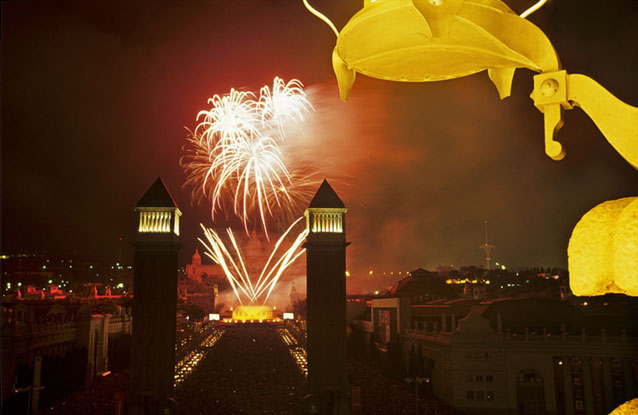Placing Your Camera Right for Long Exposure Photography
If you’re an amateur photographer, you’ll find that long exposure photography is one of the toughest things you can do. However, there are some basic steps to be followed while indulging in this particular type of photography. To begin with, it has a lot to do with how you setup your camera and how you position it. Until you get that right, there is very little you can do to move forward. So, here are a few basic steps on how to setup your camera for a long exposure shot.
Stabilization
It is the very first thing that one needs to get right in order to reap the rewards of long exposure photography. Stabilization basically means that you’ll have to setup your camera in such a manner that, there is very little to no movement. For this you’ll need a good tripod, to which you can attach the camera. There are plenty of options available in the market. You can find anything from low cost ones to expensive high end tripods. Just pick one that suits your budget.
Stabilization is very important in long exposure photography because of the long shutter speeds. Due to the long shutter speed, the camera is bound to capture anything that enters the frame, including the camera movement itself. To prevent this from happening, you will have to stabilize the camera with a tripod.
Camera setup
Camera setup also plays a key role in long exposure photography. There are many ways to do this and the best method can be arrived only through trial and error. However, you could try following these basic setup tips:
- Try to shoot with a low ISO setting. It will give you an image that is very clear and noise free.
- Use manual focus, preferably with an infinity setting. Auto focus cannot handle dark environments and will keep zooming in and out, trying to locate a focus point, which it never will.
- Use a high aperture in order to cover maximum area. This will also support the manual focus setup.
- Stick to RAW format, as you can make corrections and alterations later, without affecting the overall quality of the image.
- Do not use Image Stabilizer, as it can actually have a counter-productive effect. It will try to correct any movement by default, even if you do not want it to.
- Use the Bulb feature, as it lets you decide the shutter speed. It can be helpful for shots, where the actual time needed for the shot might be hard to determine.


No Comment